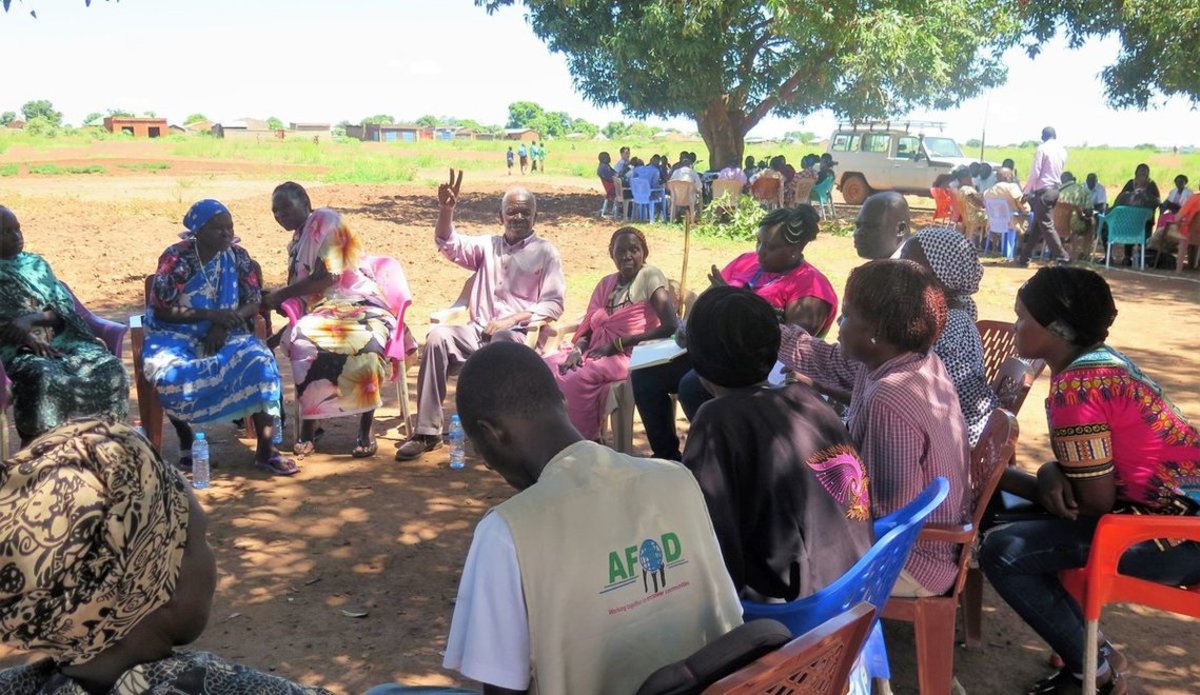Many displaced persons seeking shelter at a variety of protection sites in Wau have begun to return to their homes, but a majority remains fearful, citing security concerns at night and when farming their nearby lands.
“The government should bring peace to allow me go back to my house,” says mother-of-two Suzana Natale, one of many displaced persons not yet convinced that she can safely leave the Catholic Church compound protection site behind.
Ms. Natale, ran from the Bazia Jedid neighbourhood in Wau to a church compound when violence against civilians broke out in June 2016. She lost her brother and other siblings in the ensuing mayhem, and her house was so badly damaged that just a wall remains of it.
Other people seeking sanctuary have, however, ventured back to the parts of town where they used to live.
Between January and June this year, the number of displaced persons staying at the UNMISS protection site has gone down from 31,000 to approximately 20,000. A similar decrease of shelter-seeking people has been observed in other protection sites around town. Of the roughly 12,800 persons staying there in January, an estimated 9,700 remain there as of early June.
Despite these significant numbers of returnees, many residential areas still appear to be relatively abandoned. Few people are seen, lots of brick and mud-made houses are still without roofs and the blue iron sheet doors of many a shop are kept shut by rust-corroded padlocks.
Sam Muhumure, head of the UNMISS Field Office in Wau, says the mission is working hand in glove with humanitarians, the government, civil society organizations and community leaders to create a protective environment in Wau and surrounding areas. Much work remains.
“More efforts are necessary to build trust and boost confidence, as well as address the specific security concerns of the displaced”, Mr. Muhumure said, adding that continuously bringing security forces and sheltering people together is essential.
The local government, UNMISS and humanitarian partners have been implementing an action plan for the safe and voluntary return of displaced people since the beginning of 2018. A series of dialogues between stakeholders have been organized over the last few months, with more similar trust-building measures to follow.
Many displaced persons cite security concerns at night and a fear of accessing their farmlands on the outskirts of town as the main challenges hindering their return to their respective home areas.
To enable the safe return of displaced people to their homes or new living quarters, various measures have been suggested. More police posts and presence of representatives of the national security service in the areas where those seeking shelter are expected to return are two such suggestions. Humanitarian actors providing food and basic services may also serve as incentives to resume or begin lives outside of protection sites.

